Monday, July 16, 2012
Commonly Missed Warning Road Signs and Single Vehicle Crashes
As we gain driving experience we all too often tend to drive
on auto pilot and start to ignore
those signs that we had to learn to pass the driving exam. We tend to look only at the "important" signs
such as street names or how far it is to the next exit. We will, at the very
last minute, pay attention to that "lane ending" sign creating a back-up for
the cars behind us. There are so many signs on the road that they seem to
become just a blur but the evidence shows that we are ignoring them at our
peril.
A study conducted for the National Highway Traffic Safety
Administration (NHTSA) in 2009 showed that in almost half of fatal crashes
involving speeding, the driver wasn’t exceeding the posted speed limit but was,
instead, driving too fast for conditions. For injury only crashes, driving too
fast for conditions accounted for seventy-four percent of the crashes blamed on
speeding.
A couple of more interesting facts came out of this study:
- In speed related crashes, the proportion of crashes that happened on curved sections of roads was much higher.
- In crashes due to speed, the crashes were more likely to have happened on non-intersection or non-intersection related stretches of road.
- Speeding-related crashes that were due to driving too fast for conditions were more likely to have occurred on roads with higher speed limits (50+ mph) as compared to other crashes.
What that basically means is that; although the driver
wasn’t exceeding the posted speed limit, he or she probably ignored the warning
signs and, driving too fast for conditions, was unable to maintain control in a
curve and ran off the road into a tree or a ditch. Had those drivers not
ignored the warning signs and adjusted their speed, they might not be
statistics today.
Let's take a look at some commonly ignored warning signs and
get a refresher course in why they are important.
CURVES
There are several signs that indicate CURVES AHEAD:
This sign shows a curve so sharp that taller vehicles could tip over unless they slow to the advisory speed of 35 mph.
Once you enter the curve, you will see the chevron sign. Several of these signs may be posted in a row
to indicate how sharp the curve is.
ADVISORY SPEEDS
This is an "advisory speed" sign that is normally found on
curves and interstate exit ramps. You do not have to travel at this speed but,
if you don’t and have a crash, you can be charged with traveling too fast for
conditions.
WEATHER RELATED SIGNS
- Both of these signs indicate that the roadway becomes slippery when wet. Driving too fast could put you into an out-of-control spin situation.
- Ignoring this sign could put you into a hydroplaning situation.
- Bridges that are exposed to cold weather, both above and below the road surface freeze before the rest of the roadway. Ignore this sign and you could find yourself in a deadly spin
Learn to watch for and obey warning and construction signs.
They can save your life.
To learn more about Road Rules and Road Signs consider taking a drivers license refresher course.
Labels: driving conditions, driving safety, fatal crashes, road signs, vehicle crashes, warning signs
Posted by DriverSchool
at
8:50 AM


Visit Us
Search
Loading
Categories
Recent Posts
- Graduated Driving License Law Calculator
- Getting your CDL license in Texas can be a Confusi...
- Boating Safety Week
- Driving Records May Contain Errors
- Construction Zone Safety Month
- The Killer Commute
- Common Factors Contributing to Single Vehicle Crashes
- Left Lane Drifters and Careless Driving Tickets
- Seat Belts Are the Primary Life Saving Device in a...
- Traffic Tickets, Suspension and Driver Responsibil...

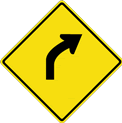

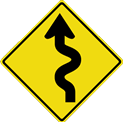
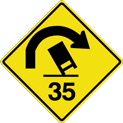

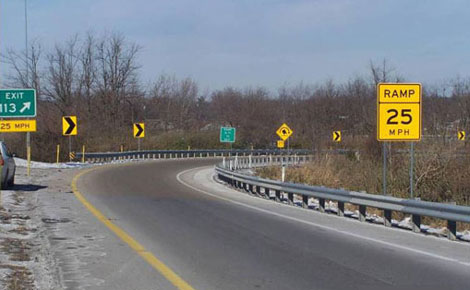
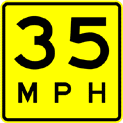


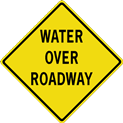
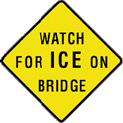




0 Comments:
Post a Comment
Note: Only a member of this blog may post a comment.
Subscribe to Post Comments [Atom]
|<< Home